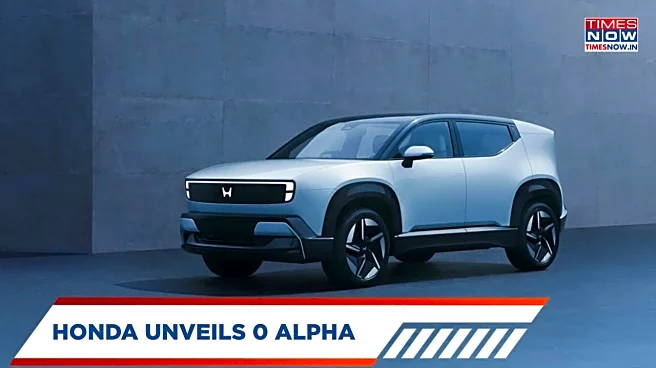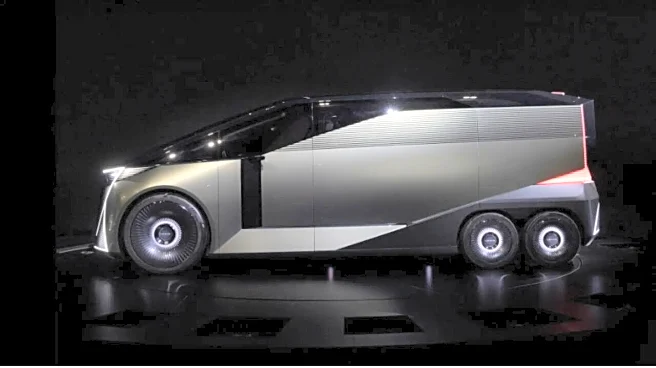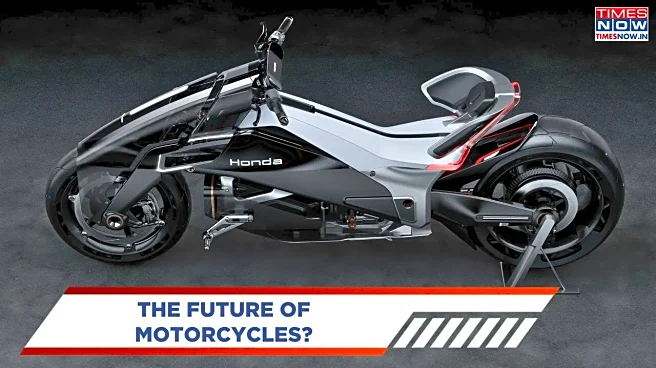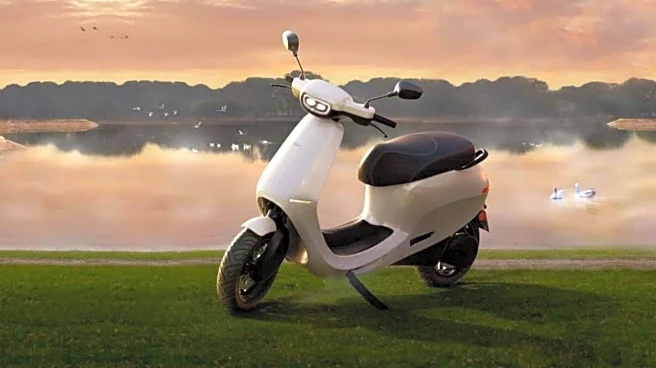A Made-in-India driverless car has just taken its first successful drive in Bengaluru, marking a big milestone in India’s autonomous vehicle journey. The prototype, called WIRIN (Wipro-IISc Research and
Innovation Network), has been jointly developed by Wipro, the Indian Institute of Science (IISc), and RV College of Engineering. Unlike global self-driving systems that are designed for structured roads, this one is built specifically to tackle India’s unique challenges, from potholes to wandering cows.
Sri Sri Satyatmateertha Swamiji of Uttaradimath travelling in Driverless Car At RV College.Projected Funded by Wipro Engineering,Jointly Developed By Wipro,IISc & RV College Of Engineering Bengaluru...🙂👌👏
Superb Technology. 🤘@anandmahindra @elonmusk @nikhilkamathcio . pic.twitter.com/m3khFWgEQU
— Adarsh Hegde (@adarshahgd) October 27, 2025
The car was unveiled on October 27, 2025, at RV College of Engineering. The launch event drew attention after a video surfaced online showing Sri Sri Satyatmatheertha Swamiji of the Uttaradi Matha comfortably taking a ride inside the vehicle as it glided across the campus, fully autonomous. The event was attended by key figures, including Ramachandra Budhihal, global head of autonomous systems and robotics at Wipro, and KN Subramanya, principal of RV College of Engineering.
Also Read: Honda Outlier Concept Unveiled – Japan's Idea For The Future Of Motorcycles!
The driverless project has been in development for nearly six years, combining research expertise from IISc with Wipro’s deep experience in robotics and AI. The team includes faculty, researchers, and students who have focused on creating a system that can understand and react to the unpredictable nature of Indian roads.
WIRIN uses a combination of artificial intelligence, machine learning, and Vehicle-to-Everything (V2X) communication to navigate complex environments. Its standout feature is its ability to detect road hazards like potholes, pedestrians, and stray animals.
Also Read: Toyota Land Cruiser FJ Showcased At Japan Mobility Show — Will This Compact SUV Come To India?
The development began in 2019 to create a cost-effective, scalable autonomous system suited for Indian traffic conditions. While still a prototype, the car represents a major leap toward integrating advanced driverless technology into India’s urban and semi-urban settings. The next phase will involve extensive road mapping and real-world testing to refine its response systems before any public rollout.
(Source: MoneyControl)













